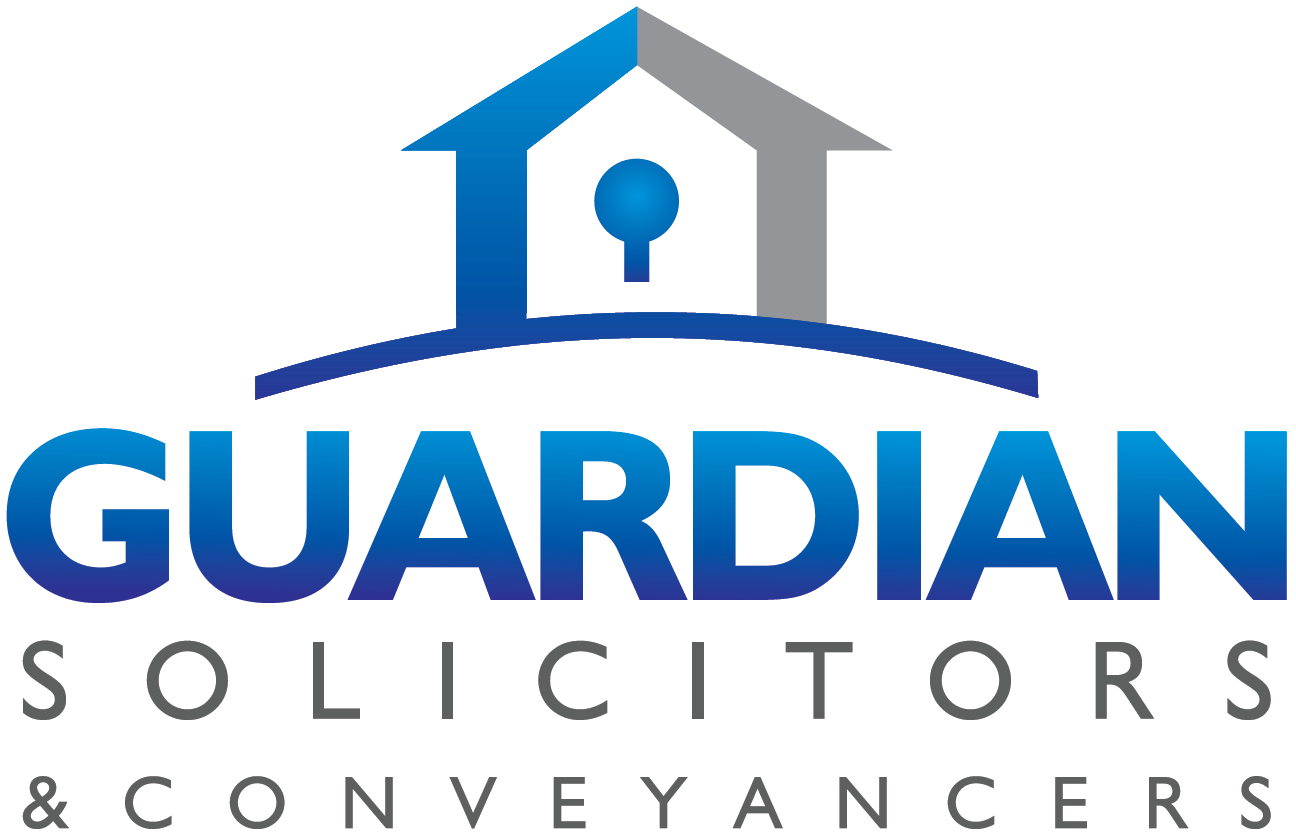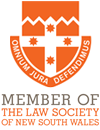Self Management Super Fund & Trusts
 Self Managed Super Funds are becoming an increasingly popular form of retirement planning. However, they need to be set up correctly to ensure you do not lose your hard earned savings.
Self Managed Super Funds are becoming an increasingly popular form of retirement planning. However, they need to be set up correctly to ensure you do not lose your hard earned savings.
What is a Self Managed Super Fund?
Self-managed super funds (SMSFs) provide a way of saving for your retirement. The difference between an SMSF and other types of fund is that the members of an SMSF are usually also the trustees. This means the members of the SMSF run it for their own benefit and are responsible for complying with the super and tax laws.
The Australian Taxation Office is the regulator of SMSFs.
Who needs one?
Some people want the hands-on control that comes with a self-managed super fund (SMSF). Of course, with added control comes added responsibility and workload.
SMSFs can be suitable for people with a lot of super and extensive skills in financial and legal matters. You must be prepared to research and track your super investments regularly if you want to manage them yourself. Super is your investment for your retirement, so don't rush in.
What are the benefits?
- Control & Visibility - You can see and control exactly were your money is being spent, instead of watching it diminishing in fees.
- Pool Family Assets - A SMSF can have up to four members. This means you are able to consolidate multiple super accounts to create a larger pooled balance but you only pay one set of fees.
- Investment Choice - You have a much wider choice over where your money is invested ranging from direct shares, high yielding cash accounts, corporate debt, direct property, unlisted assets and much more.
- Tax Strategies - A major benefit of an SMSF is the control and flexibility the trustees have over the tax position of the fund. Specifically as trustees move towards the retirement phase, there are a number of financial planning strategies they can use to help reduce their overall tax burden.
- Cost - When you pool multiple trustees funds into a SMSF, you only pay one set of fees, allowing you to reduce your costs.
- Estate Planning - SMSFs can allow you to control how your benefits are passed on upon death.
Can I use my SMSFs to invest in property?
Yes, if structured correctly, you can use your SMSF to invest in property, ensuring you have a nice nest egg when you retire. Contact us for further information.
How do I get one?
Your self-managed super fund (SMSF) needs to be set up correctly so that it's eligible for tax concessions, can receive contributions and is as easy as possible to administer. Below is a brief outline of the steps required, which we will help you through. Setup an appointment for further information.
- Choose individual trustees or a corporate trustee
- Create the trust and trust deed
- Check the residency of your fund
- Appoint your trustees
- Set up a bank account and SuperStream electronic service address
- Register with the ATO
- Prepare an investment strategy
- Prepare an exit strategy



